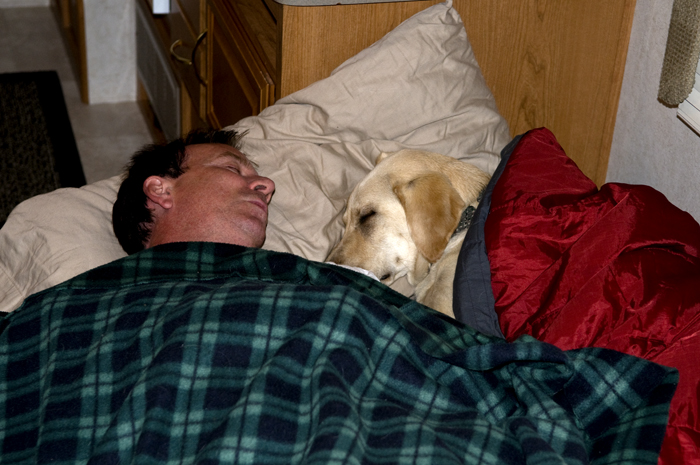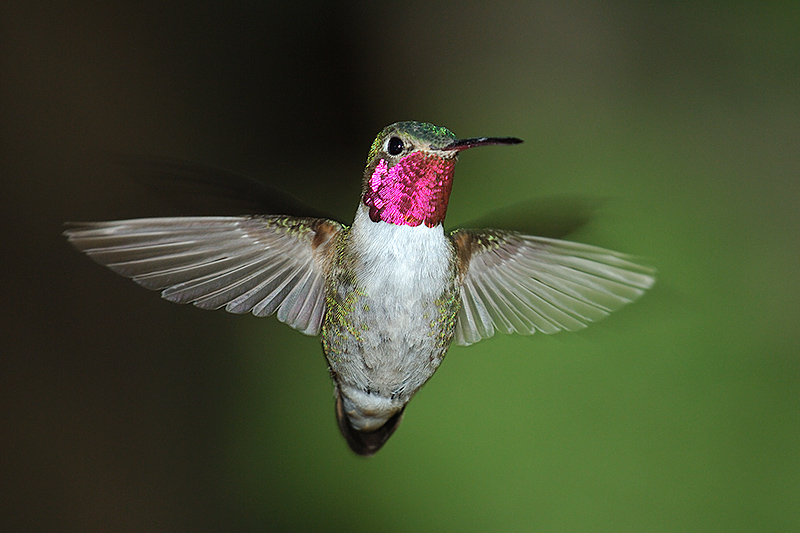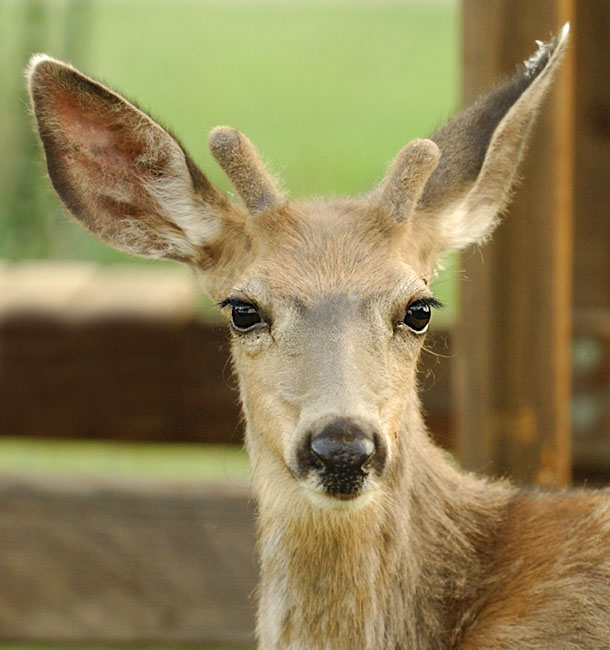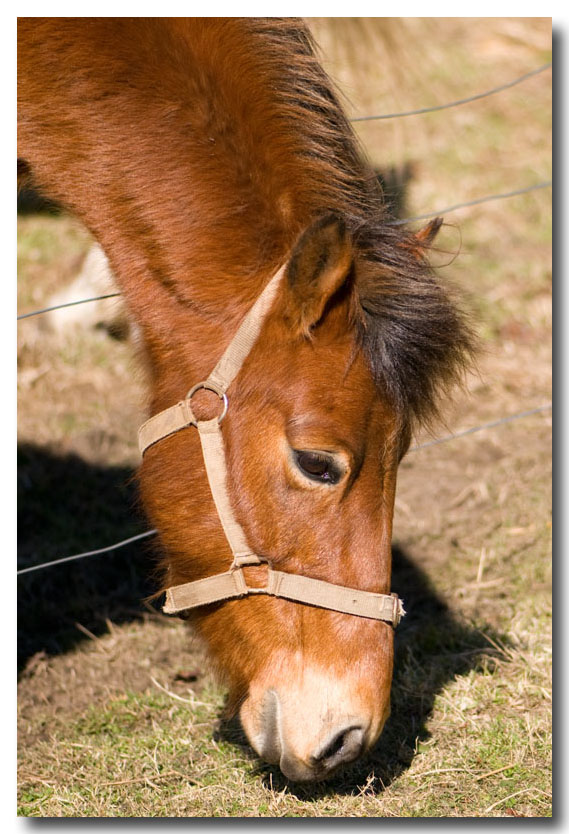Thank you to everyone that participated in the assignment. As usual, I listened to Rebecca, who thought this would be an “easy” assignment. Then she challenged me to get a good shot of a hummingbird in flight. It took me a few tries… and forced me to learn a bit more about the autofocus capabilities of the D2X.
The guidelines for the "Critters" assignment were: "The subject can be of any kind of 'critter.' Your image should tell a story, convey meaning, or evoke an emotional response in the viewer. 'Behavioral' shots that illustrate a unique behavior are always more interesting. When photographing animals, remember that the eyes are the most important element in the composition and therefore should be in focus. A 'catch light' in the eye will add life to the image. Wait until the 'critter' is positioned so that the light reflects off their eye, or use fill flash to create your own catch light. Don't forget to use the techniques from other assignments (isolation, color, motion) to reinforce the message in the image."
A key criteria for success was to was to “tell a story, convey meaning, or evoke an emotional response in the viewer.” Although there were many cute images submitted for the assignment, I had a tough time deciphering the “story line” in most of the images. “Spoiled Rotten” by Sue Pepin was the image that came closest to telling a story.

Spoiled Rotten
Several images were successful in evoking an emotional response, primarily due to their sheer cuteness. “Peekaboo,” by Naomi, and “Hidden,” by Becky Jenner were two images that fell into this category.
Michael Reichmann, a photographer that I respect and admire, teaches that a photograph is not really "finished" until it is cropped. After all, how many scenes in the natural world just happen to conform to the dimensions of our camera's viewfinder? Michael contends that very, very few images "naturally" conform to these dimensions, and that most could be improved with cropping in order to remove distractions and direct the viewer's attention to key elements within the composition. Experimenting with different cropping on your images is also an excellent way to teach yourself to visualize potential compositions, which will help with composition "in the field." I experimented with cropping several of the "critters" images, and felt that a few of them were stronger with a little tighter cropping.
The background in “Peekaboo” was a bit too distracting, and I felt a tighter crop helped reinforce the “peekaboo” theme and made it a stronger image. From this:
To this:
Cropping the image helped “Gary the Snail” as well. From this:
To this:
And “Horses Eye,” from this:
To this:
And “Munching on Lupines at Sunset,” from this:
To this:
A couple of minutes of “reconstructive” Photoshop work on “Hidden” illustrates how important the eyes are for a successful wildlife image. Compare this:
To this:
The image selected for
"People's Choice" (popular vote) was "Ruby-Throated Hummingbird."

Ruby-Throated Hummingbird
Since this was my image, I'll be a little blunt and say that although it was a bright, colorful image, and probably received some votes because it was technically challenging (those critters are fast!), I didn't think it was a very good example of "telling a story."
The
Editor's Choice for Artistic Merit goes to "School Picture." This image "connects" with the viewer in a way that the others don't, and illustrates how powerful the eyes can be in establishing an emotional connection with the viewer. The focus on the eyes and narrow depth of field in this image practically forces the viewer to establish eye contact with the deer. There is no doubt when gazing into those eyes that you are looking at a living, thinking, feeling being. There is a reason for the saying "the eyes are the window to the soul." Any good portraiture, whether animal or human, should concentrate on the eyes.

School Picture
The
Editor's Choice for Technical Merit goes to "Cindy," photographed by Rod. Technically, this image was nearly perfect. There were no blown highlights (ok, maybe the lighter parts of the muzzle appear just a tiny bit over-exposed) or out of focus or distracting foreground or background elements. Rod used a short telephoto lens and wide aperture to focus on the horse and let the background fade to a pleasant blur. Focus accuracy was critical in this image in order to keep the primary subject sharp with such a narrow depth of field. Overall this was a very well executed image from a technical standpoint. Unfortunately, the lack of eye contact meant that it probably wouldn't establish an emotional connection with the viewer.

Cindy
Thanks again for everyone that participated in this exercise. Hopefully you learned as much from it as I did.
Keith